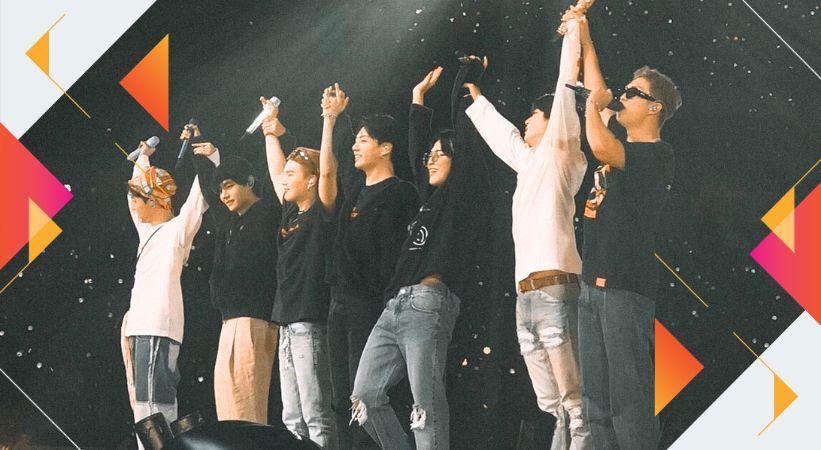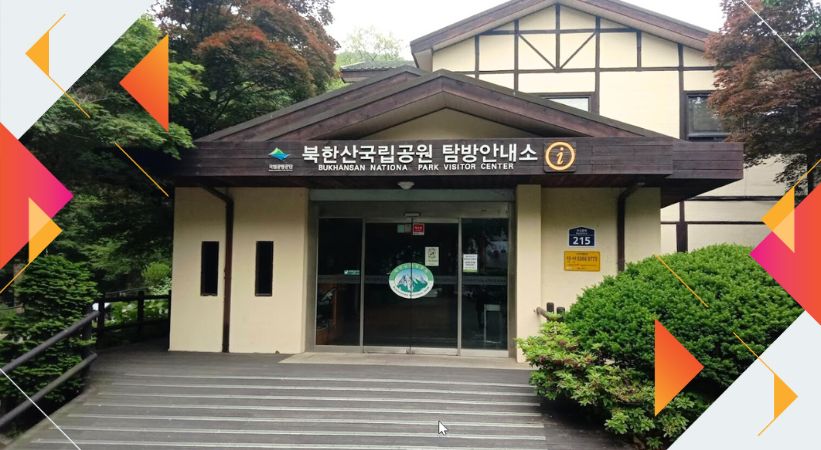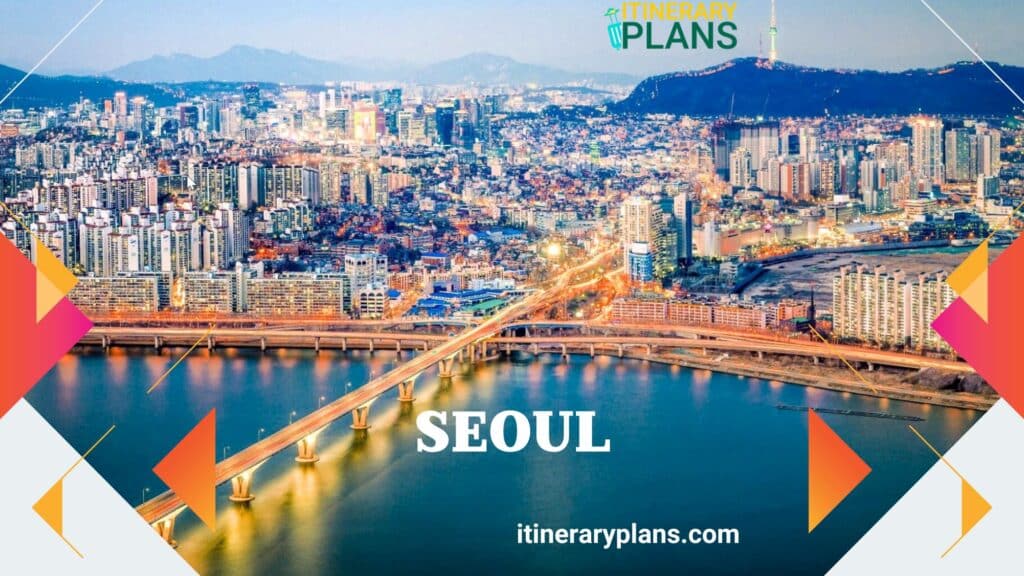Welcome to Seoul, the heart of South Korea, officially known as Soul-t’ukpyolsi. If you’re curious about what makes this city so special, you’re in the right place. Seoul is a fascinating blend of ancient traditions and modern skyscrapers, where you can stroll through centuries-old palaces in the morning and enjoy cutting-edge technology by afternoon. Seoul is known for its towering skyscrapers, traditional palaces, delicious food, and dynamic culture. It’s a city where past and present coexist in a fascinating way.
Let’s explore what makes Seoul so special and why millions of people visit and live in this incredible city.
Table of Contents
Map
History of Soul-t’ukpyolsi (Seoul)
Seoul’s history stretches back over 2,000 years. The city has been the capital of various Korean kingdoms, but it became especially significant during the Joseon Dynasty, which ruled Korea from 1392 to 1897. During this time, Seoul became the political, cultural, and economic center of Korea. Many of the historic palaces and landmarks that you see in the city today were built during the Joseon era.
In the 20th century, Seoul experienced rapid growth, especially after the Korean War (1950-1953). It has since transformed into one of the world’s leading global cities, with a strong economy and influence in areas like technology, fashion, and entertainment.
Popular & Historical Place in USA
- The 12 Best Camping in Southern California
- 8 Romantic Getaways In Northern California For Couples
- Things to Do in Carlsbad, California
- The Best Places to Camp in Texas
.
Why is Seoul called Soul-t’ukpyolsi?
Seoul is called Soul-t’ukpyolsi because “t’ukpyolsi” means “special city” in Korean. This name highlights Seoul’s important role as the capital of South Korea. It has a unique status, separate from the provinces, because it serves as the country’s main center for government, culture, and economy. The term reflects the city’s significance and special administrative position in the country.
.
Must-Visit Landmarks in Soul-t’ukpyolsi
.
- Gyeongbokgung Palace
Constructed in 1395, Gyeongbokgung is the largest of the Five Grand Palaces from the Joseon Dynasty and served as the primary royal residence for centuries. Today, visitors can explore its beautiful architecture, witness the changing of the guard ceremony, and learn more about Korean history. - Namsan Seoul Tower
Standing tall on Namsan Mountain, the Seoul Tower offers panoramic views of the city. It’s a popular spot for both locals and tourists to admire the skyline, especially at night when the city lights sparkle. Couples also come here to attach “love locks” to the fence as a symbol of their affection. - Bukchon Hanok Village
For a glimpse of traditional Korean life, visit Bukchon Hanok Village. This area preserves hanoks, or traditional Korean houses, from the Joseon Dynasty. Strolling through its narrow streets feels like taking a step back in time. Many of these houses are now cultural centers, guesthouses, and tea houses. - Myeongdong Shopping District
Myeongdong is a shopping paradise for anyone who loves fashion, cosmetics, and street food. You can find everything from high-end fashion brands to unique Korean beauty products. The streets are also lined with food vendors selling delicious snacks like tteokbokki (spicy rice cakes) and hotteok (sweet pancakes).
.
Seoul’s Modern Culture and Technology
Soul-t’ukpyolsi is a city that embraces technology. As the headquarters for global tech giants like Samsung and LG, it’s no surprise that the city has one of the fastest internet connections in the world. Public transportation, particularly the subway system, is modern, efficient, and easy to navigate.
The city is the center of the Hallyu Wave, also known as the Korean Wave, which highlights the worldwide popularity of Korean culture, including K-pop, K-dramas, and K-beauty. Fans from all over the world flock to Seoul to visit landmarks from their favorite TV shows or attend concerts of K-pop stars like BTS and Blackpink.

Delicious Korean Cuisine
No visit to Seoul is complete without trying some of its famous food. Korean cuisine is known for its bold flavors, a balance of sweet, spicy, and savory tastes, and its use of fresh ingredients. Some must-try dishes include:
- Bibimbap: A bowl of rice topped with vegetables, meat, a fried egg, and gochujang (spicy red pepper paste). It’s mixed together just before eating, making each bite flavorful and satisfying.
- Samgyeopsal: This is grilled pork belly, often eaten at Korean BBQ restaurants. It’s served with side dishes, and you can wrap the grilled meat in lettuce with garlic, sauce, and other toppings.
- Kimchi: This fermented vegetable dish, usually made from cabbage or radishes, is a staple in Korean meals. It’s spicy, tangy, and packed with health benefits.
- Tteokbokki: These chewy rice cakes are cooked in a spicy and sweet sauce. It’s a popular street food that’s easy to find around Seoul.
.
Nature in the City
Even though Seoul is a modern metropolis, it has plenty of green spaces where people can relax and enjoy nature. The Han River, which runs through the city, has parks along its banks where people can go cycling, have picnics, or take leisurely walks.
If you enjoy hiking, Soul-t’ukpyolsi has many mountains nearby. Bukhansan National Park is one of the most popular spots for locals who love to escape the busy city for a few hours and enjoy the fresh mountain air.

Seoul’s Seasons
Seoul experiences all four seasons, each offering a unique experience.
- Spring (March to May) is when the cherry blossoms bloom, making parks and streets extra beautiful.
- Summer (June to August) is hot and humid, perfect for enjoying the city’s waterparks or rooftop bars.
- Autumn (September to November) brings cooler weather and stunning fall foliage in the mountains and parks.
- Winter (December to February) can be quite cold, with snowfall creating a picturesque winter wonderland. It’s also a great time to enjoy hot Korean soups and stews.
.
Conclusion: Seoul, A City of Contrast and Harmony
Soul-t’ukpyolsi, or Seoul, is a city of contrasts. It’s a place where the past meets the present, where tradition blends seamlessly with modern life. Whether you are exploring ancient palaces, shopping in trendy districts, or enjoying cutting-edge technology, Seoul offers something for everyone. This dynamic and exciting city is always evolving, making it a must-visit destination for anyone interested in experiencing the best of Korea.
.
FAQs About Soul-t’ukpyolsi (Seoul)
.
Q: What is Soul-t’ukpyolsi?
A: Seoul is South Korea’s capital, known as Soul-t’ukpyolsi, meaning “Special City.”
Q: Why is Seoul called Soul-t’ukpyolsi?
A: It refers to Seoul’s special administrative status as the capital.
Q: Top Places to Visit in Seoul?
A: Gyeongbokgung Palace, Namsan Seoul Tower, Bukchon Hanok Village, and Myeongdong.
Q: Population of Soul-t’ukpyolsi?
A: As of 2024, the population of Soul-t’ukpyolsi (Seoul) is approximately 9.5 million people, making it one of the most densely populated cities in the world.
Q: Best Time to Visit?
A: Spring (March-May) and Autumn (Sept-Nov) for pleasant weather and scenic views.
Q: What Food is Famous in Seoul?
A: Bibimbap, Samgyeopsal, Tteokbokki, and Kimchi are must-try Korean dishes.
Q: Is Seoul Expensive?
A: Seoul offers both luxury and budget-friendly options for travelers.
Q: How to Get Around?
A: Seoul has an efficient public transport system with subways, buses, and taxis.
Q: Is Seoul Safe?
A: Yes, Seoul is very safe, even at night.
Q: Weather in Seoul?
A: Seoul experiences four seasons: spring, summer, autumn, and winter.
Q: What is Hallyu?
A: The Hallyu Wave refers to the global popularity of K-pop, K-dramas, and Korean culture.
Q: Do I Need a Visa?
A: Visa requirements depend on nationality; many countries enjoy visa-free travel for short stays.
Q: What Language Spoken in Soul-t’ukpyolsi?
A: Korean is spoken, but many signs and services in tourist areas are available in English.
Q: Traditional Festivals in Soul-t’ukpyolsi?
A: Seollal (Lunar New Year), Chuseok (Korean Thanksgiving), and Buddha’s Birthday.
Q: Is There Free Wi-Fi in Soul-t’ukpyolsi?
A: Yes, free Wi-Fi is available in many public areas and cafes.
Q: What Currency is Used in Soul-t’ukpyolsi ?
A: South Korean Won (KRW). Cash and cards are widely accepted.

